Fieldwork
This listing expired on August 26, 2018. Please contact cepoat@um.es for any updated information.
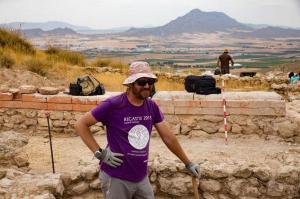
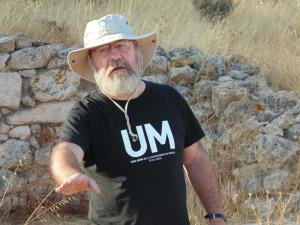
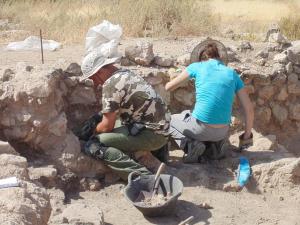

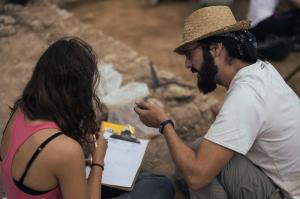
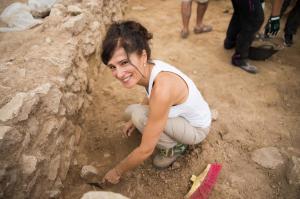
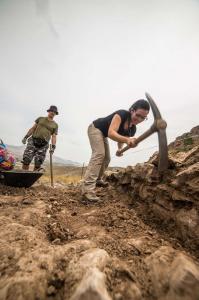
Location: Murcia, MU, ES
Season: August 26, 2018 to September 9, 2018
Session Dates: From August 26th to September 9th 2018
Application Deadline: August 26, 2018
Deadline Type: Exact date
Website: http://www.um.es/cepoat/schoolofarchaeology/?page_id=9561
Discount for AIA members: No
Program Type:
Field school
RPA Certified:
no
Affiliation:
Murcia University
Project Director:
Dr. José Miguel García Cano. Associate professor of archaeology at the University of Murcia. Director of the Museum of the University of Murcia. Dr. in Iberian archaeology. His research has focused on the Iberian World with the thesis: The Iberian cemeteries in Murcia. A paradigmatic example. Coimbra del Barranco Ancho. Analytical study. He is the author of fifteen books and hundreds of scholarly articles on Iberian archaeology, Greek pottery and museum.
Project Description:
This course is aimed at students and people interested in archaeology who wish to participate with us in this archaelogical course at the site of Coimbra, located 2 km South of Jumilla in Murcia (Spain), will be able to study first hand the classic Iberian town and necropolis in the Iberic period.
The Iberian village of Coimbra del Barranco Ancho in Jumilla is located at 38 ° 26’9 “North latitude and 2 ° 21’40” East longitude, according to the sheet n ° 869 “Jumilla” of Catastral Geographic Institute at 1: 50,000, to 4.5 km. South-Southeast of the town of Jumilla, in the Northern foothills of the Sierra de Santa Ana.
From Jumilla it is accessed by the county road 344 to Cieza. A little over three kilometers, turn left taking a path to Iryda service road that connects with the main road to Jumilla, leading to the monastery of Santa Ana. After only a mile you will find a narrow gauge road which turns to the right (almost a path) called “Casa del Cerro» between vineyards that finishes in an abandoned village, where there was a water source until a few years ago. This fountain is at the base of Cerro del Maestre, at the foot of the necropolis path. The sanctuary is about 150 m. to the East and the village necropolis where the main access to the village is can be found at about 300 m. to the West.
In recent years the CEPOAT has been working with this site on the development of their excavations, as one of the members of CEPOAT is the director of this dig.
The developed program is as follows:
DIDACTIC UNIT 1. Introduction to Archaeology and archaeological heritage.
DIDACTIC UNIT 2. Archaeological materials and objects to restore.
DIDACTIC UNIT 3. Elements and deterioration factors of the archaeological remains.
DIDACTIC UNIT 4. Guidelines and intervention criteria.
DIDACTIC UNIT 5. Treatment in the deposit.
DIDACTIC UNIT 6. Treatment in the laboratory.
DIDACTIC UNIT 7. Conservation in museum deposits.
Period(s) of Occupation: Iberic
Notes:
This course is aimed at students and people interested in archaeology who wish to participate with us in this archaelogical course at the site of Coimbra, located 2 km South of Jumilla in Murcia (Spain), will be able to study first hand the classic Iberian town and necropolis in the Iberic period.
Project Size: 1-24 participants
Minimum Length of Stay for Volunteers: 15 days
Minimum Age: 18
Experience Required: No experience is required but preference is given to undergraduate and graduates studying relevant fields of knowledge but other people interested in this field are also welcome
Room and Board Arrangements:
The students will stay in the youth hostel CECA- Centro de Capacitación Agraria. This hostel offers group rooms, showers, toilettes and leisure spaces for young people. Capacity: 10 people. Breakfast, mid morning snack, lunch and dinner will be prepared by a local chef at a nearby lodge restaurant. If there are any vegetarians or anybody with any kind of allergy should inform us as soon as possibly. Cost: 600€
Academic Credit:
5 credits offered by Murcia University. Tuition is Yes.
Jose Javier Martinez Garcia - Cepoat
Cepoat - Saavedra Fajardo University Building C / Actor Isidoro Máiquez 9
Murcia
Murcia
30007
Spain
Phone: 0034 666125197
The AIA is North America's largest and oldest nonprofit organization dedicated to archaeology. The Institute advances awareness, education, fieldwork, preservation, publication, and research of archaeological sites and cultural heritage throughout the world. Your contribution makes a difference.
Notifications